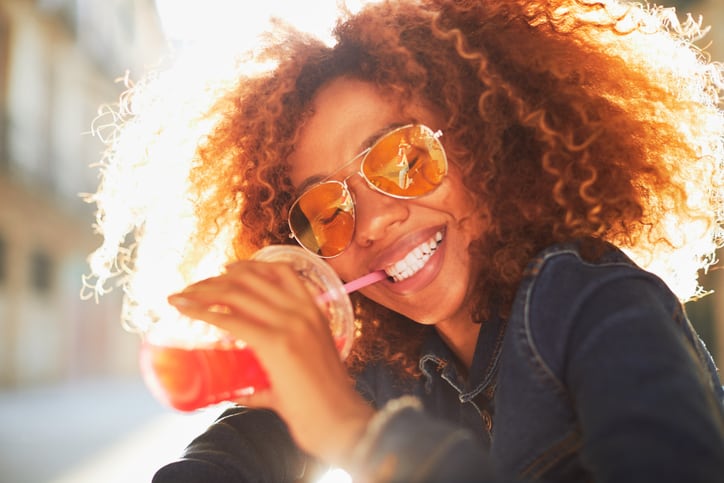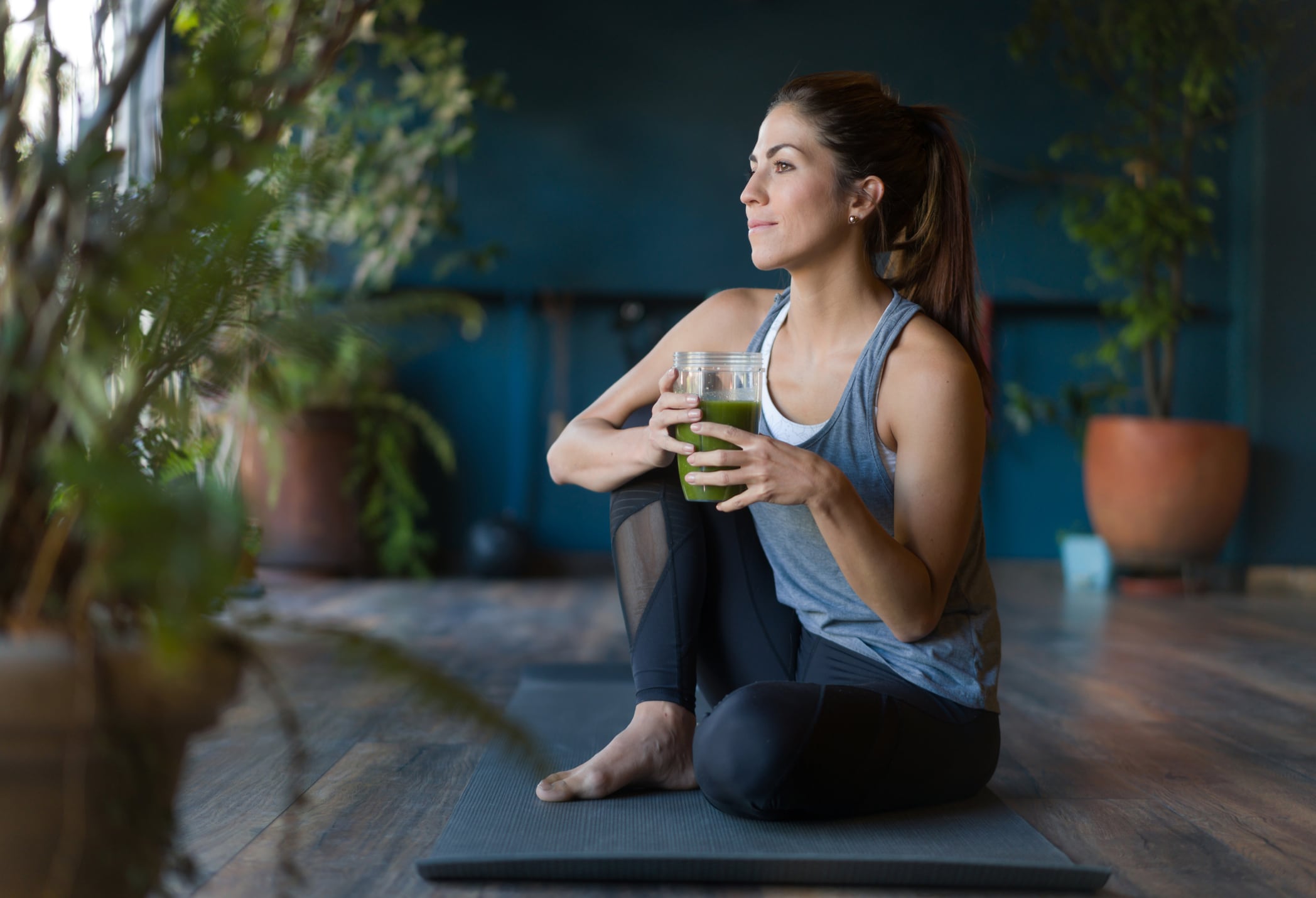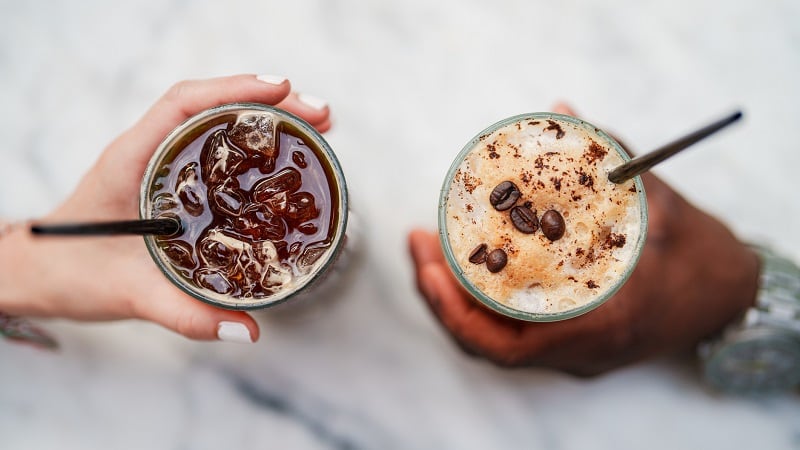Gen Z increasingly is turning away from alcohol – and not just because it is out of their price range – but because they want to hold on to their physical and mental health and because unlike the generations that came before they have a wider range of non-alcoholic options tailored for different usage occasions and need states.
Roughly four in 10 Gen Zers declared their intention to go sober in 2025 – a “significant shift toward the sober curious movement” for consumers younger than 28 years from the 19% who said they did not drink alcohol in 2024 and much higher than the 19% of Millennials and Gen Xers and 10% of Boomers who said they would askew alcohol in 2025, according to research commissioned by NCSolutions.
This cultural shift is dramatically impacting beverage sales with NCSolutions’ purchase data showing a 22% increase in nonalcoholic beer purchases from December 2023 to November 2024 compared to the same period a year earlier.
Marketing to Gen Z and Alpha
This story is part of a special collection of articles that explores how brands and retailers can earn Gen Z consumers' loyalty through value, convenience and affordability.
Check out the full collection of stories here .
To receive future special editions via email, register for free for FoodNavigator-USA’s newsletters. Find out more by clicking the yellow ‘register’ button at the top of our homepage or by visiting https://www.foodnavigator-usa.com/Info/Why-register/
But the sober curious lifestyle is not simply about swapping non-alcoholic versions of traditionally boozy beverages – rather, shoppers looking for a range of drinks to meet the range of reasons are skipping spirits.
For example, the product locator service Grappos notes Gen Z is replacing alcohol with added health benefits, such as adaptogen-infused drinks for stress relief, probiotic sodas for gut health and CBD and THC-infused beverages as alcohol alternatives that offer a buzz without the hangover.
Why is Gen Z abstaining?
While not all Gen Zers are old enough to legally drink in the US, of those that are one in five said they do no consume alcoholic beverages and 39% report only drinking alcohol occasionally, with most drinking only one to three times a month, according to a survey of 1,000 Gen Zers aged 21 to 27 years conducted by Attest.
Women are more likely to skip alcohol than men with 18.1% reporting they drink less than once a month compared to 13.3% of men who said the same. Likewise, 27.9% of women said they drink one to three times a month compared to only 18.3% of men who said the same.
The top reasons for going without alcohol is “increased awareness of their own health and well-being,” according to Attest, which found a third of Gen Zers abstain “due to concerns for health and potential effects on mental health.”
An additional 20% avoid alcohol because they are concerned about addiction and rising concerns about “hang-xiety, depression and stress,” according to Attest.
The high price of alcohol is a factor for about a third of Gen Zers, added Attest.
Marketing to Gen Z: When, where and how to advertise non-alcoholic beverages
Out-of-home advertising can play a powerful role in marketing non-alcoholic beverages to all consumers, but especially younger shoppers, urban dwellers and men, according to recently published data gathered by Harris Poll for the Out of Home Advertising Association.
“One of the most noteworthy findings was that 73% of US adults who recently noticed a non-alcoholic beverage OOH ad took at least one action,” such as making a purchase, discussing the product with family or friends, viewing product reviews, taking advantage of a promotion or searching for more information, said Steve Nicklin, senior vice president of marketing and analytics at OAAA.
“Gen Z is highly responsive to non-alcoholic beverage OOA ads, with 73% noting recent exposure,” 41% reporting they shared information about the product with others and more than a third visiting a website or taking advantage of a promotion or offer, he added. In addition, more than a quarter downloaded an app following OOA ad exposure.
“To maximize this impact, brands should integrate digital elements such as websites and social media handles to drive immediate digital engagement. Websites must be mobile-optimized, fast-loading, visually engaging and equipped with clear call-to-action (CTA) buttons, such as ‘shop now’ or ‘claim your offer,’” Nicklin explained.
He added, “Sponsorship or partnerships with celebrities, influencers and/or sports teams will resonate particularly well with Gen Z.”
Messages about new products and price-oriented or cost savings also resonated well with consumers of all ages with more than 40% of respondents indicating a preference for these two types of messages, Nicklin added.
“The next tier of preferred content is related to product features, seasonal or limited-time offerings, and nearby availability. From a platform perspective, billboards generate enormous reach, and DOOH’s flexibility for dynamic, visually compelling content makes it especially effective in transit hubs and urban centers,” according to Nicklin.
He advised brands to place OOH ads near grocery stores, gyms and dining venues to maximize their impact by reaching consumers just as they are making purchases.
H also suggested non-alcoholic brands include physical and digital touchpoints, such as QR codes or short URLs or social media handles into OOH, and invest in high-impact creative, such as digital out-of-home advertising that can be updated in real time.




